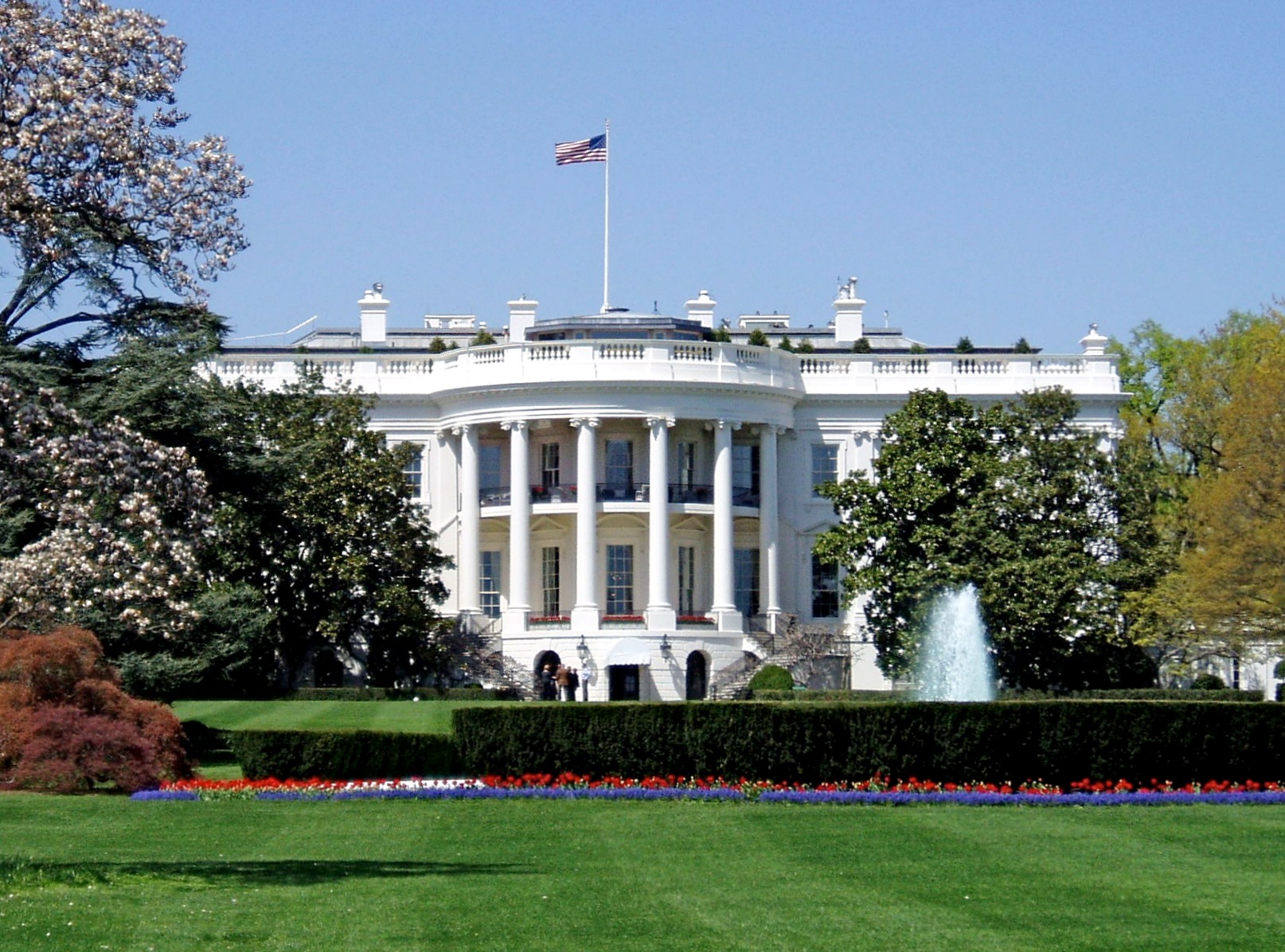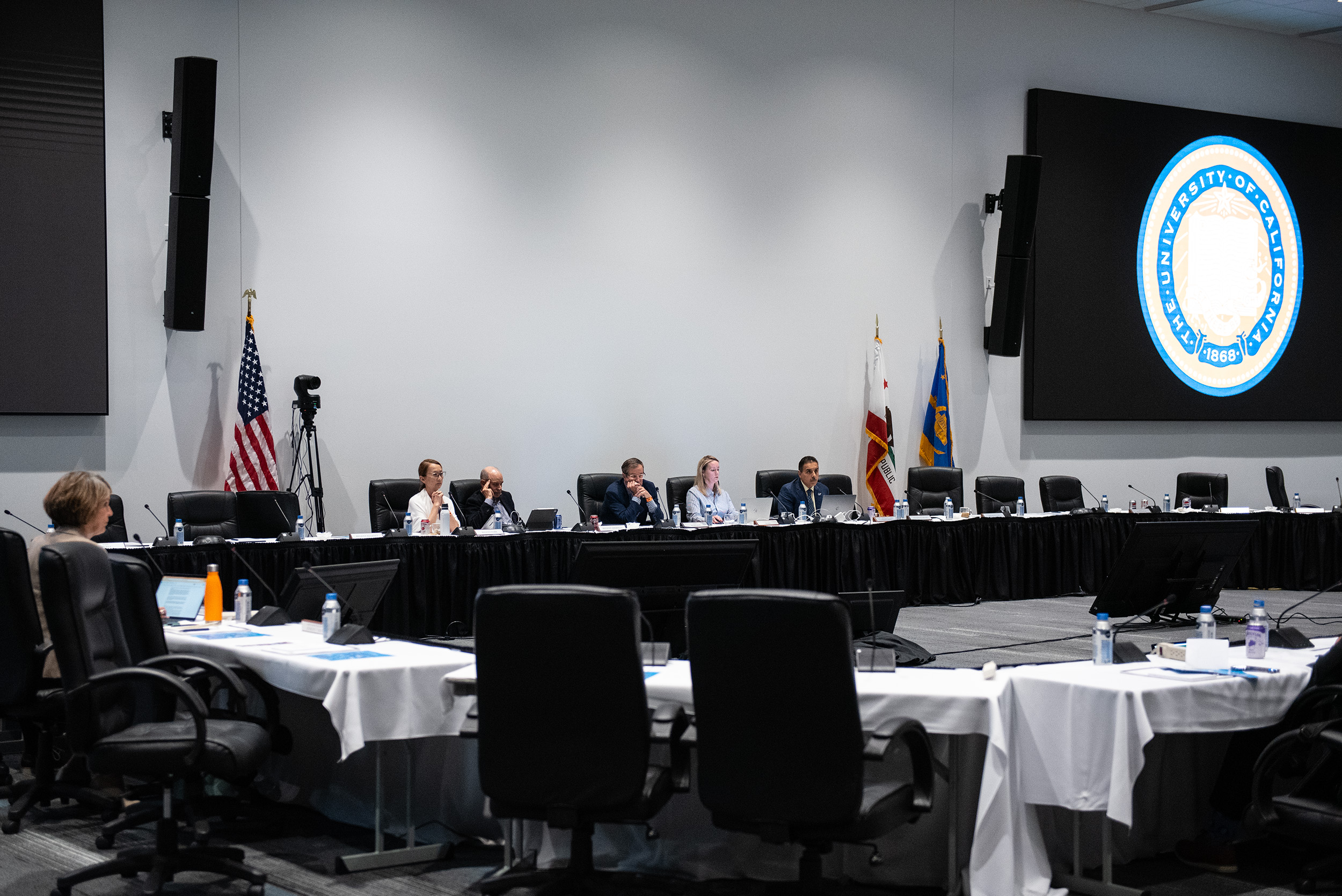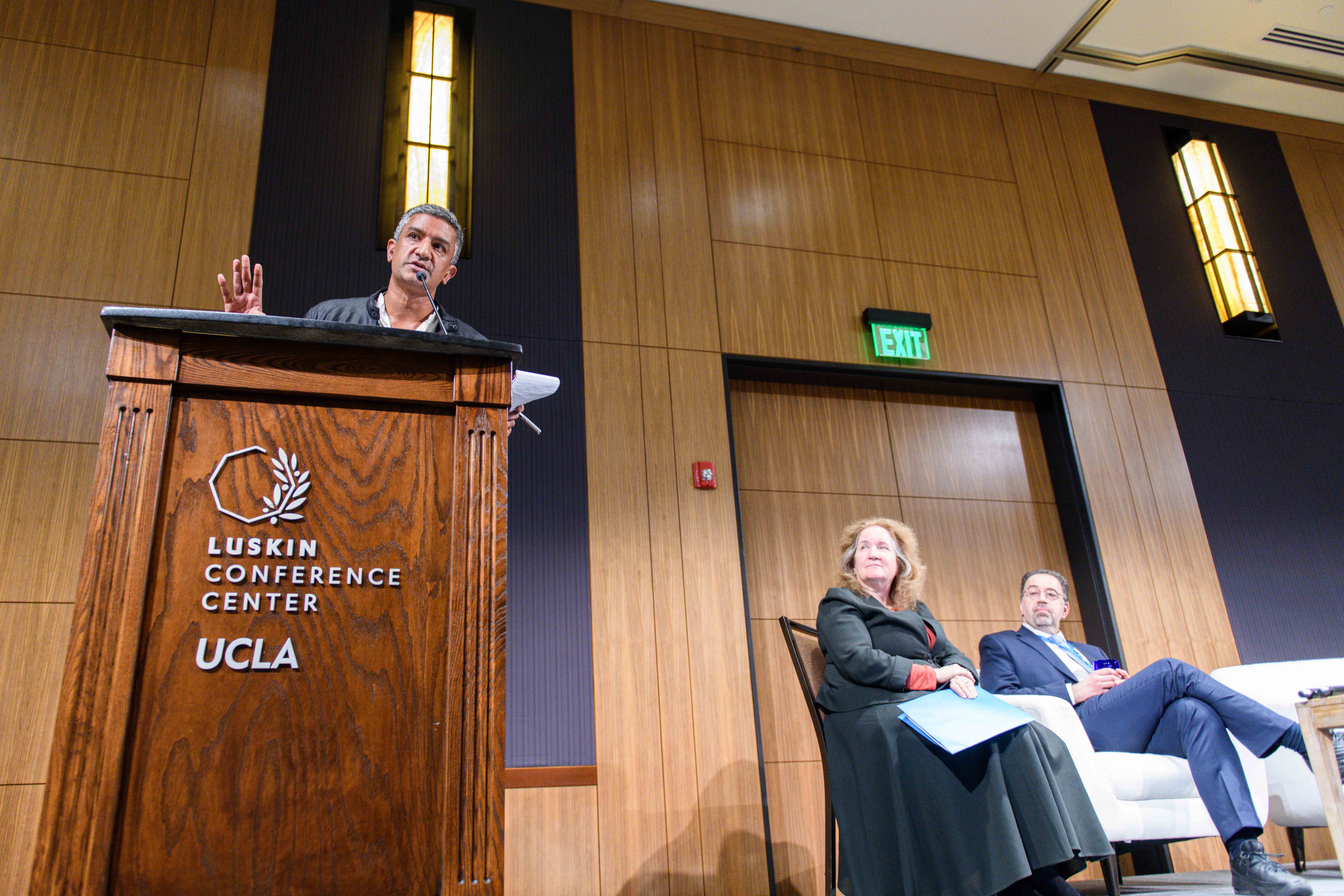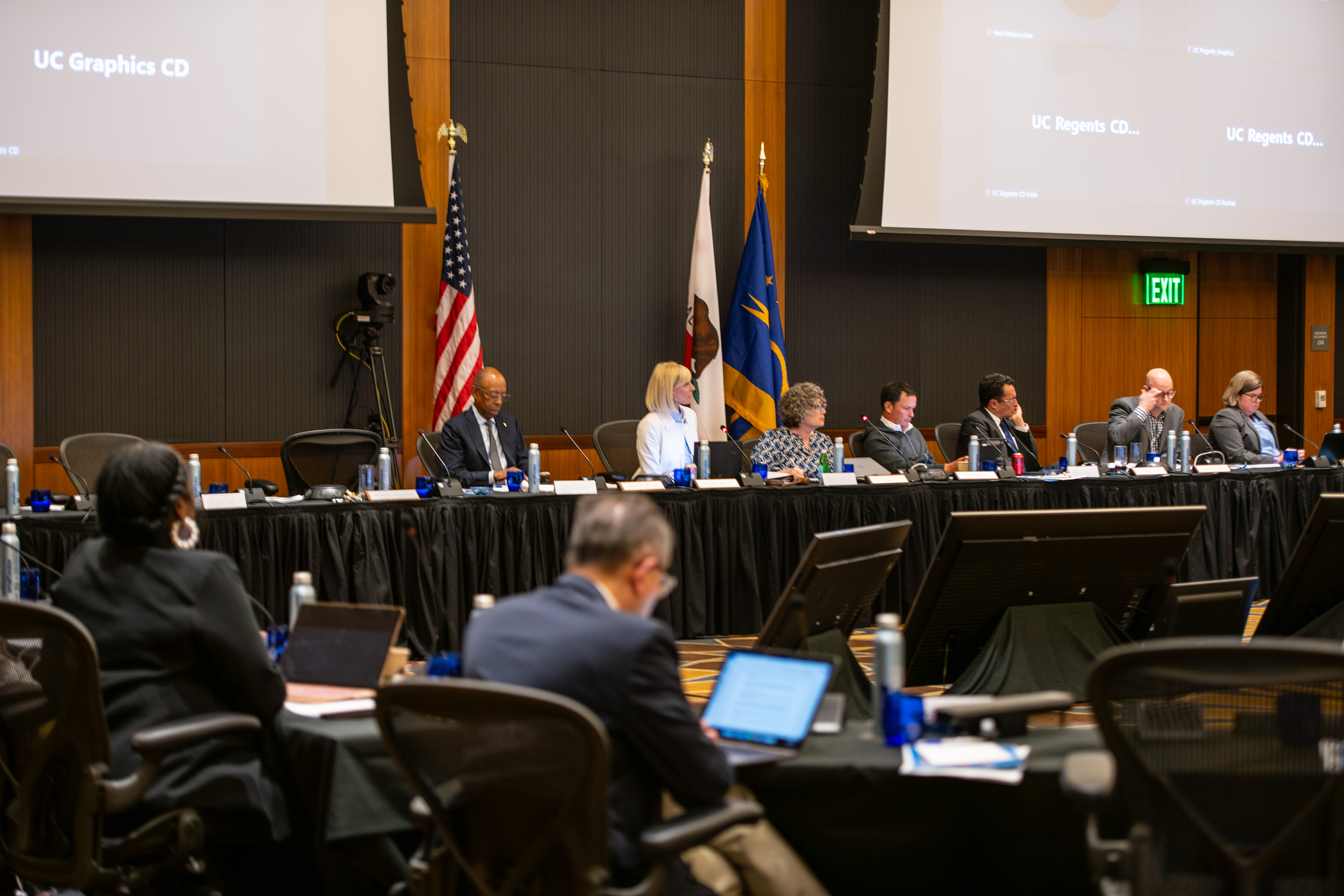UCLA’s 137th Faculty Research Lecture discusses current state of AI
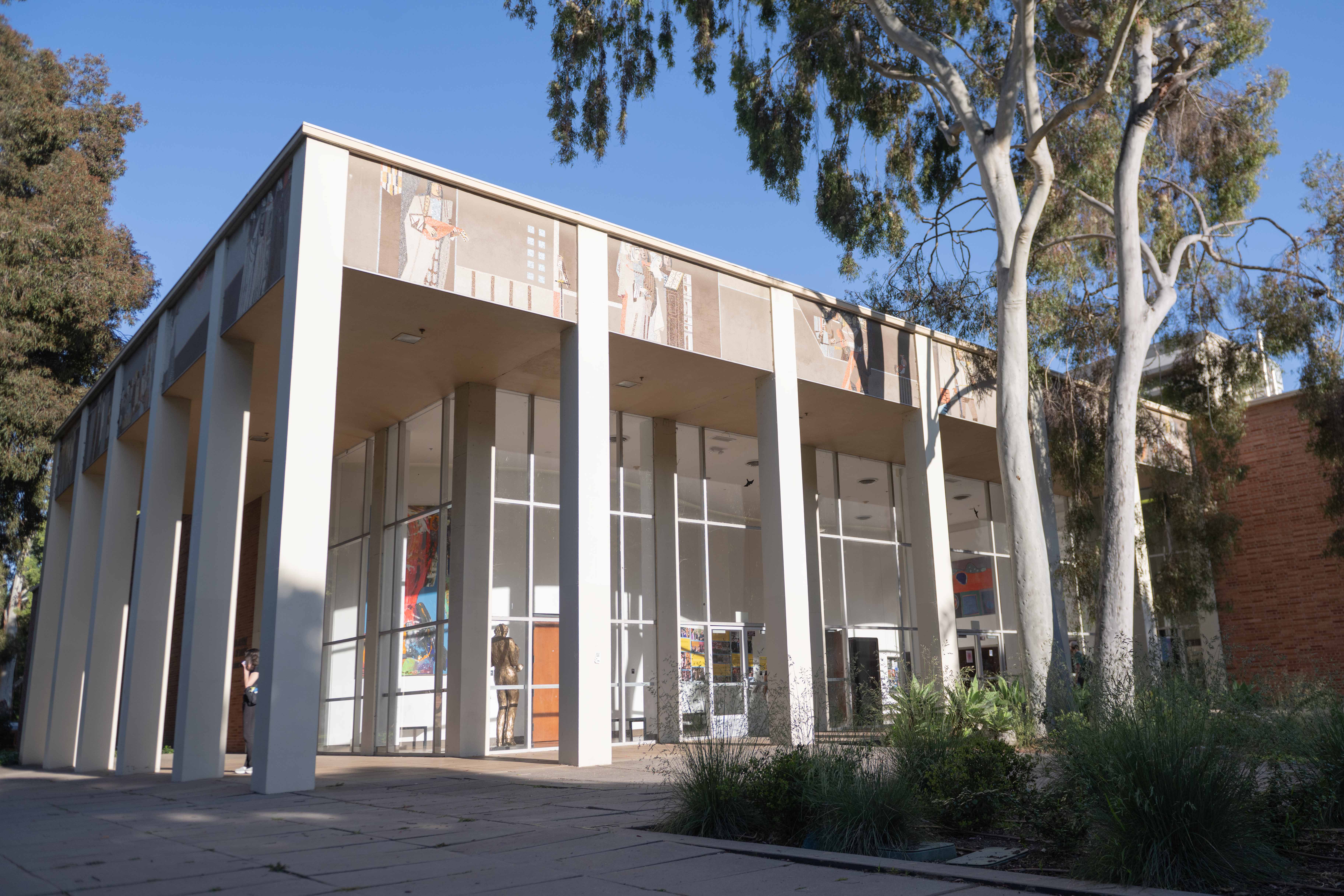
Schoenberg Hall is pictured here. Keith Holyoak was chosen to give the 137th Faculty Research Lecture at UCLA in Schoenberg Hall. (Daily Bruin file photo)
By Zoya Alam
Oct. 28, 2024 1:00 a.m.
Creativity, original thought and novel ideas still separate artificial intelligence from humans, according to UCLA’s 137th Faculty Research Lecture.
Faculty research lectures – hosted by UCLA’s Office of Research and Creative Activities – are held during fall and spring quarters and have been a tradition at UCLA since 1925. This fall, Keith Holyoak, a distinguished professor of psychology, was nominated to speak at Schoenberg Hall on Friday about artificial intelligence and its potential for sentience.
In his lecture, titled “Intelligence, Creativity, and Consciousness in Humans and (Perhaps) Machines,” Holyoak discussed how AI is modeled, judged its current creative abilities and compared the abilities of AI’s neural network with that of a human brain.
“When we see a new technology that somehow resembles us at least a little bit, it’s sort of natural to use it as a kind of mirror where we look at it and start thinking, ‘Is that us?’” Holyoak said. “New developments of AI have put it on a lot of people’s minds.”
Holyoak, a Guggenheim fellow, said he believes AI is not humanlike – not capable of authentic creativity or gaining consciousness – because much of artificial intelligence is based on large language models.
Holyoak began his lecture by explaining the basics of large language models, which he said use predictive technology to write sentences. He then compared the neural networks of the brain to that of a computer.
“The physical neural neuron can be modeled by the artificial one,” Holyoak said. “Then it doesn’t matter whether it’s made out of flesh and blood and electrical chemical processes, or whether it’s silicon in the computer.”
A distinction he made, however, was in the difference in the type of intelligence a computer neural network versus human neural network can store. While humans and artificial intelligence are both capable of analytical and mathematical reasoning, humans also have emotional and creative reasoning which artificial intelligence lacks, Holyoak said.
He added that artificial intelligence is made to run based on the information encoded within it. Trained on the entirety of the internet, Holyoak said many scholars agree that AI can repeat information it is trained to handle but it is not capable of creating novel ideas.
“You train them (artificial intelligence) on the whole internet,” he said. “It knows everything, so all it’s doing is regurgitating all this information you gave it, but nothing really new is being created.”
Many companies – including OpenAI, the developer of ChatGPT – do not disclose specific data sets and information they use to train their artificial intelligence models, Holyoak said. AI trained on biased data or incorrect information can report biased answers, he added.
“The name OpenAI is a joke,” Holyoak said. “Because it’s totally closed and nobody knows what’s really going on.”
Demonstrating AI’s lack of “creativity,” Holyoak read Sylvia Plath’s poem “Metaphors,” and analyzed its meaning before asking ChatGPT to write a poem with similar meaning and compared the poems. The bot’s recreation copied some exact phrases and added some new ones, producing no coherent meaning, Holyoak said.
“It is nauseatingly cliche with trivial rhymes,” Holyoak said. “We have literary dissociation. It can interpret but can’t create … Even beginner human poets are at least capable of expressing personality.”
Holyoak also told the audience to be wary of AI and its generated responses because of model “hallucination.” He added that, if everyone were to turn to AI for work or assignments repeatedly, it could reduce collective diversity of thought in our society.
Nevertheless, Holyoak acknowledged that AI is a useful tool, if not for creativity, but for other purposes, like helping humans become more precise or efficient.
“The question is, ‘Well, how can we use it effectively and how can we not be fooled by it? How can we not be undermined by it?’” Holyoak said. “I think AI is here and is here to stay – we’re not going to be able to wish it away.”
Among the lecture hall full of attendees was Ying-Ling Esfandi, a senior architect for Design and Project Management Facilities at UCLA. She said that faculty lectures are important in broadening people’s perspectives.
“It’s easy to get myopic and so it’s good to have these things to see what else is in this world,” she said.
Todd Hanson, a UCLA alumnus who also attended the lecture, said he has been attending the Faculty Research lectures for many years, and added that he appreciates how this event brings together undergraduates, postdoctoral scholars, alumni and professors to exchange ideas together.
When wrapping up his lecture, Holyoak said the brain has many properties that are not able to be transferred into an algorithm, adding that a human brain is unique to an individual and their lived experiences.
“We’re creative, generating brand new ideas, technology, art, and we have consciousness,” Holyoak said. “We have actual experiences. We have emotions. We experience awe, being lovesick and being heartbroken, being happy and being bored, and all of that colors our memories of what happened to us and make us each a unique individual.”


